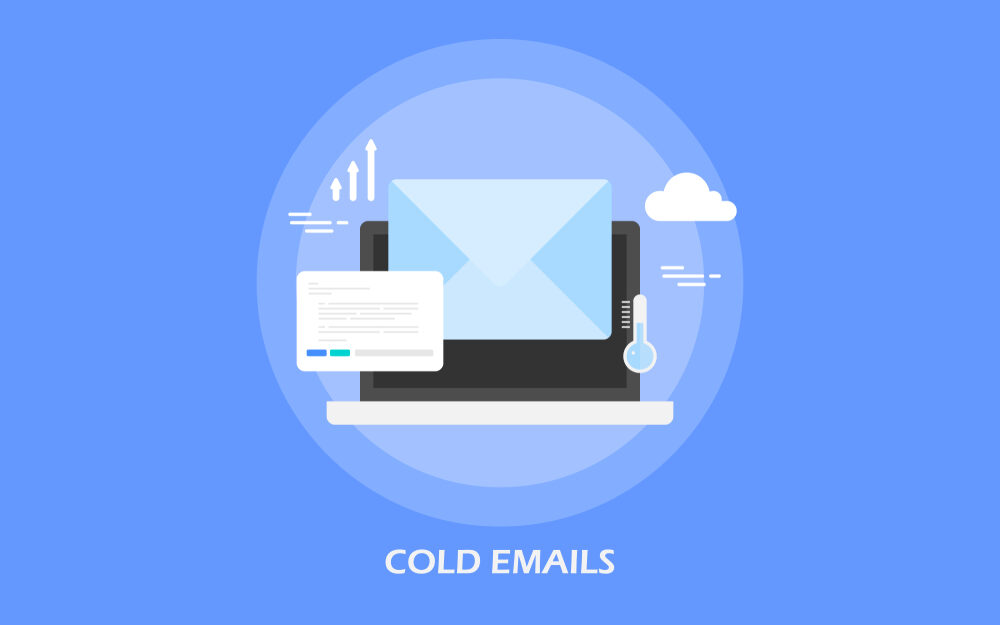In the world of digital communication, cold emailing remains a powerful tool for professionals looking to connect, network, and drive business. Yet, despite its potential, many struggle to see results from their efforts. In this guide, we’ll dive deep into the art and science of crafting cold emails that not only get opened but also compel the recipient to respond. Let’s explore effective strategies that can elevate your cold emailing game.
Unlocking the Secrets to Engaging Cold Emails that Convert: Strategies, Tips, and Techniques for Maximum Impact
Understanding the Cold Email Landscape
The first step to success in cold emailing is grasping its unique nature. Unlike warm leads, cold emails are unsolicited and require a different approach. Your goal should be to spark curiosity and establish a connection without prior interaction. According to research, 45% of professionals who regularly receive cold emails state that they appreciate hearing from unknown senders when the message is relevant and well-crafted.
Personalization is Key
One of the most significant missteps in cold emailing is sending generic messages. Take the time to personalize your emails by mentioning the recipient’s name and specific details relevant to their industry or interests. A tailored approach can increase open rates by 26%. For instance, instead of saying “I noticed your company,” try “I was impressed by your recent blog post on sustainability.” This small touch shows that you’ve done your homework.
Crafting an Irresistible Subject Line
Your subject line is the first impression you make; make it count! An effective subject line should be clear, concise, and provoke curiosity. Avoid clickbait; instead, focus on relevance and value. Phrases like “Quick Question About Your [specific topic]” or “Thoughts on [recent industry trend]?” can lead to higher open rates. In my experience, experimenting with A/B testing on subject lines can reveal what resonates best with your audience.
Structure Matters: The Anatomy of a Cold Email
The structure of your email plays a pivotal role in its effectiveness. A well-organized email typically includes:
- A friendly greeting: Personalize this with their name.
- An engaging opening sentence: Start with a hook that relates to them.
- Value proposition: Clearly state what’s in it for them.
- Call-to-action (CTA): Encourage a specific response—be it a meeting or a reply.
- Closing remarks: Thank them for their time and express willingness for follow-up.
For instance, here’s how you might open: “Hi [Name], I’ve been following your work on [specific project] and wanted to share an idea that could help enhance it further.”
Be Clear and Concise
In today’s fast-paced world, brevity is paramount. Aim for clarity in each sentence; avoid jargon and fluff. An ideal cold email should range from 100-200 words—enough to convey your message without overwhelming the reader. Each word should serve a purpose; if it doesn’t add value, consider cutting it out.
Focus on Benefits Over Features
Instead of listing features of what you’re offering, emphasize how these features can solve a problem or add value for the recipient. For instance, instead of saying “Our software integrates seamlessly,” you might say “Our software saves you 20 hours per month by automating tasks.” This approach resonates more effectively because it speaks directly to their needs.
Timing Your Emails Wisely
Sending your cold email at the right time can significantly affect its success rate. Research shows that emails sent on Tuesday mornings tend to have higher open rates compared to others throughout the week. Similarly, avoid holidays or long weekends when prospects are likely distracted or out of the office.
Follow Up Strategically
Don’t shy away from sending follow-ups; in fact, they can be critical in converting interest into action. A well-timed follow-up email—typically three to five days after your initial outreach—can remind prospects about your previous message while reinforcing its value. Craft these follow-ups carefully; reiterate your original proposition without sounding pushy.
Use Social Proof
Incorporating social proof into your cold email can enhance credibility significantly. Mention mutual connections or relevant case studies demonstrating how you’ve helped similar clients achieve success. This strategy builds trust with recipients who might be skeptical about unsolicited messages.
Include Clear Call-to-Actions
Your call-to-action should be direct yet polite—this guides the recipient towards the desired outcome while respecting their autonomy. Instead of vague prompts like “Let me know what you think,” opt for specific asks such as “Can we schedule a 15-minute call next week?” Clear CTAs facilitate easier decision-making.
Testing and Iteration
The path to mastering cold emailing is paved with testing and iteration. Keep track of metrics such as open rates, response rates, and conversion rates using tools like HubSpot or Mailchimp. Analyze what works best; adjust subject lines, content structure, or timing based on feedback from real-world data.
Learning from Rejections
Not every cold email will hit the mark—and that’s perfectly okay! Each rejection offers valuable insights into improving future outreach efforts. Embrace constructive criticism where possible and continuously hone your skills.
Continuous Education
Stay updated on industry trends and emerging techniques in cold emailing by engaging with relevant blogs and attending webinars or workshops. Knowledge is power in this space; understanding evolving consumer behavior will keep your approach fresh and effective.
Conclusion: Start Sending Your Cold Emails!
Cold emailing doesn’t have to be daunting; with an understanding of its nuances and strategies at your disposal, you’re equipped to initiate meaningful connections that could yield exciting opportunities for collaboration or growth. Start implementing these tips today—your next successful outreach may just be one email away!
Key Benefits Recap:
- Personalized outreach significantly boosts engagement.
- Well-structured emails increase clarity and impact.
- Timely follow-ups are essential for conversion.
- Continuous testing leads to ongoing improvement.
By leveraging these strategies effectively, you can transform your cold emailing efforts into successful communication channels that pave the way for new opportunities!

Free Assessment
Discover in just 30 minutes how our tailored social media and digital marketing strategies can elevate your brand awareness, synchronize your marketing and sales efforts, and reliably generate new leads, customers, and revenue streams.




